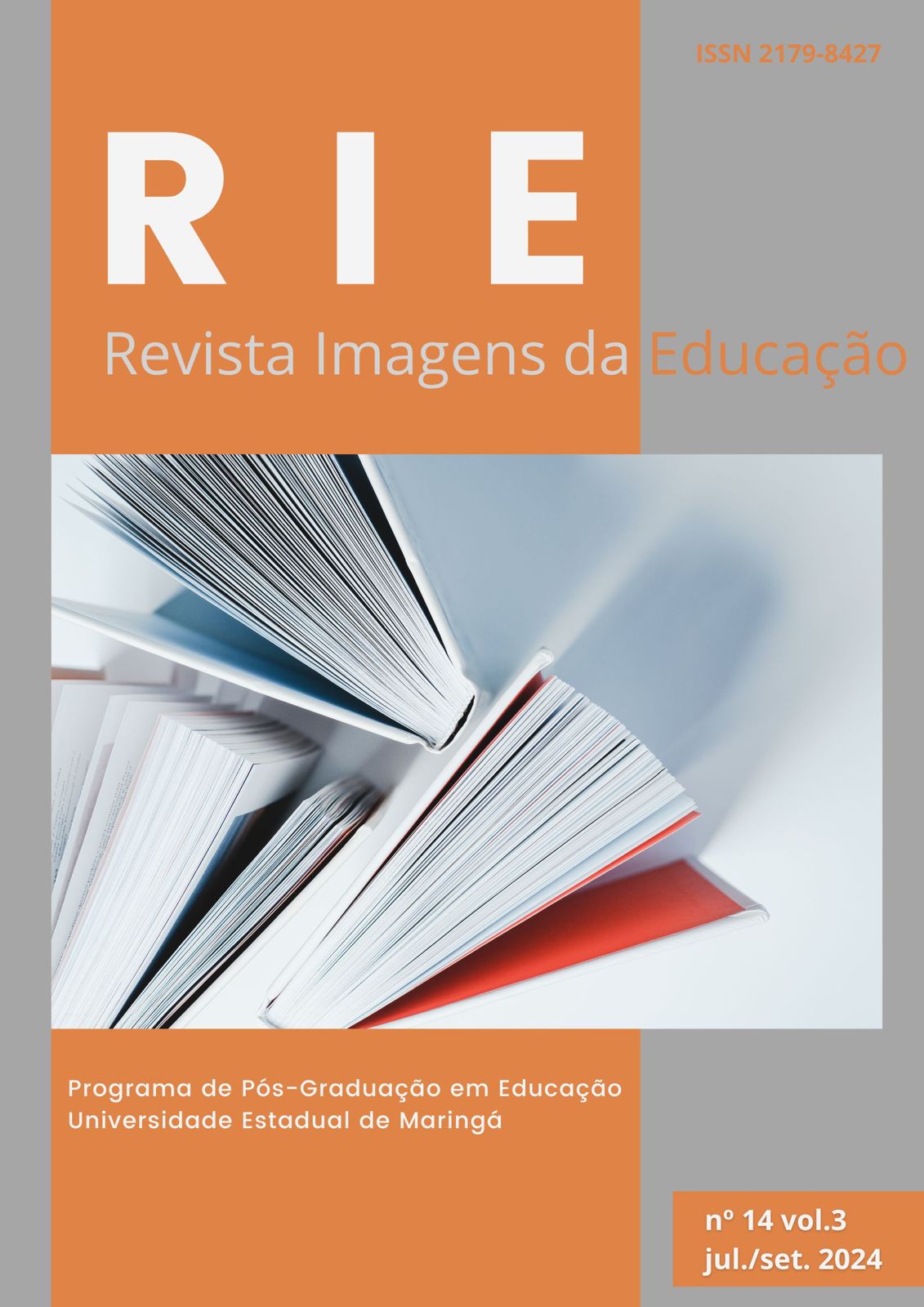HOW AN AUTHENTIC SCIENCE COURSE BECAME DIGITAL AND ONLINE DURING THE COVID-19 PANDEMIC
Resumo
Este artigo descreve as condições para ensinar aos alunos e residentes de professores no outono de 2020 quando professores de muitos países precisavam implementar o ensino remoto. Além disso, as instituições de ensino e cultura estavam fechadas e funcionando apenas online. O contexto é um museu de ciência e cultura em Nova York com uma faculdade de pós -graduação (Richard Gilder Graduate School). O programa oferece um programa de residência de nível mestre para professores de ciências secundárias. Todos os cursos são co-ensinados por equipes de um educador de professores e um cientista do museu. Nesse caso, a equipe de ensino (autores) incluiu um educador de professores especializado em design e pedagogia do currículo para configurações informais e multilíngues; O cientista é um biólogo evolutivo especializado em ictiologia no museu.
Downloads
Referências
Bell et al. (2009). Learning Science in Informal Environments: People, Places, and Pursuits. National Research Council, National Academies Press. http://www.nap.edu/catalog/12190.html. www.citizenscience.gov
Fenichel, M, and Schewingruber, Surrounded by Science Learning Science in Informal Environments. (NRC 2010)
Jonathan Silvertown (2009). A new dawn for citizen science. Department of Life Sciences, The Open University, Walton Hall, Milton Keynes MK7 6AA, UK
Macdonald M (2018). D.Silvernail N.Cooke-nieves, S. Locke, A.Fabris, N. Vanbiene, M. Passow (2018)How museums, teacher educators, and schools innovate and collaborate to learn and teach Geosciences to everyone. TAERRA Didatica, Artigo, 10.20396/td.v14i3.8653525.
Macdonald M. (2015). Why and How Cultural Institutions Need to be Included in the Preparation of Teachers. Keynote Presentation and Pre-conference Workshop at the International Congress on Education for the Future: Issues and Challenges, University of An- kara, Turkey, May 13-15, 2015.
Semken et al. (2017). Place-Based Education in Geoscience: Theory, Research, Practice, and Assessment. J Geo. Edu. 65, 542–562 (2017)
Copyright (c) 2024 Imagens da Educação

This work is licensed under a Creative Commons Attribution-NonCommercial-NoDerivatives 4.0 International License.
Declaro que o presente artigo é original, não tendo sido submetido à publicação em qualquer outro periódico nacional ou internacional, quer seja em parte ou em sua totalidade. Declaro, ainda, que uma vez publicado na revista Imagens da Educação,ele não será submetido por mim ou pelos demais co-autores a outro periódico. Por meio deste instrumento, em meu nome e dos co-autores, cedo os direitos autorais do referido artigo à Revista e declaro estar ciente de que a não observância deste compromisso submeterá o infrator a sanções e penas previstas na Lei de Proteção de Direitos Autorias (Nº 9609, de 19/02/98).















1.png)

